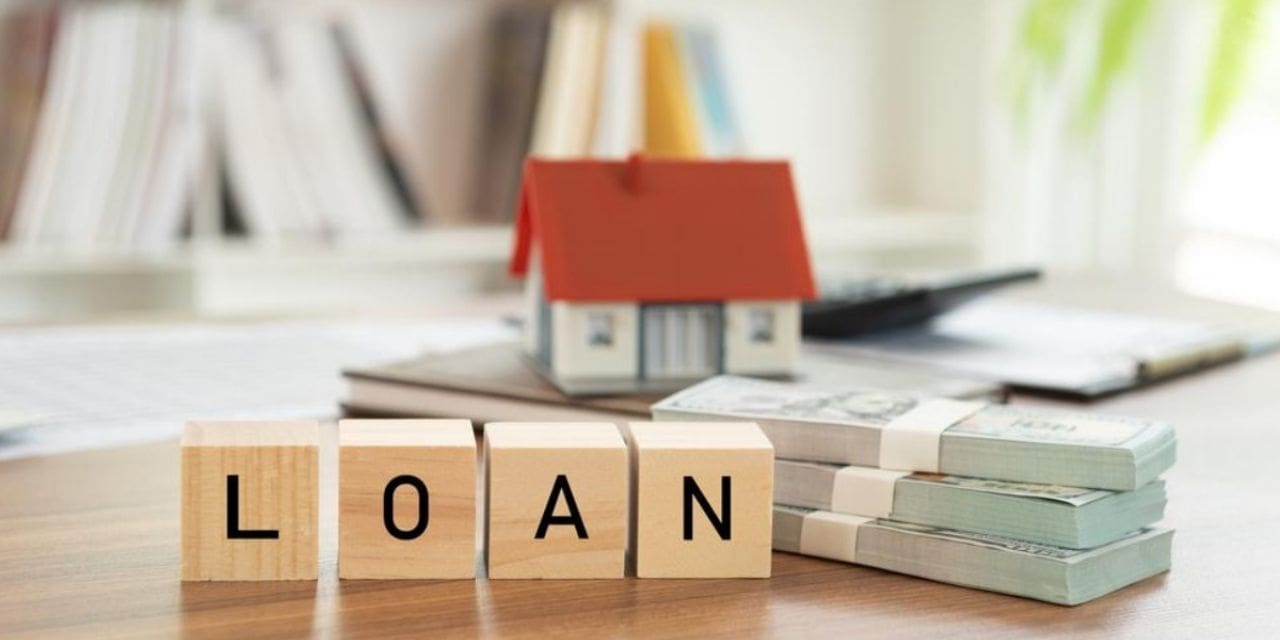A property is not just a place to live or work but also a financial asset that may pave the way for bright opportunities. One of these opportunities is a loan against property (LAP), which allows you to borrow money by offering your property as security.
However, the question often arises, “Can I use the property loan for my personal expenses?” Yes, but let’s know the LAP loan’s meaning and how it works.
What does Loan Against Property (LAP) mean?
To start with, it’s important to understand the LAP loan’s meaning. It means that you offer your property — residential or commercial — as security since this type of loan is secured. This is called collateral and guarantees the lender that they can recover the money if things go wrong. In return, you receive funds at lower property loan interest rates than unsecured loans.
Can You Use LAP for Personal Expenses?
This adaptability makes a LAP different from other loans where there are specific intended purposes for which you have to use them. Flexibility comes in handy when financing your child’s education, planning for a dream/destination wedding, or even going on a vacation that has been long overdue.
Nevertheless, considering its pros and cons before taking a plunge is necessary.
Pros of Using a LAP for Personal Expenses
- More Money: With respect to the value of your house, one of the significant benefits enjoyed through a LAP process is substantial borrowing power. This makes it an excellent option for large personal expenses that a personal loan might not cover.
- Lower Interest Rates: Since a LAP is a secured loan, lenders typically offer a lower property loan interest rate compared to unsecured loans. Repaying the loan over a longer term can make this more affordable on a monthly basis.
- Terms That Make Loan Easy to Pay: In many cases, lenders extend repayment terms on LAPs substantially to enable payment burdens to be stretched out; this makes paying EMIs a lot easier.
Cons of Using a LAP for Personal Expenses
- Risk to Property: The most significant disadvantage is losing the property if you default on repaying the loan. Therefore, you must be certain that you can repay this debt.
- More Time Consuming: The processing time for LAPs usually takes longer than other loans due to a need for property evaluation by the lender. This can be a limitation if you require funds urgently.
- No Tax Deductible for Personal Use: Unlike home loans and similar borrowings, interest on personal consumer loans isn’t tax deductible. If saving on taxes is a crucial aspect for you, then this factor should be considered.
Comparing LAP with Other Loan Options
LAP can only be one of the many ways to fund personal expenses. For instance, a personal loan does not involve any collateral. However, they often come with higher interest rates and lower loan amounts.
A personal loan might be more appropriate if you’re dealing with smaller expenses or need quick access to cash. However, an LAP might be the better option for larger, more significant expenses, as the property loan interest rate can make a big difference in the cost of borrowing.
When Is LAP Suitable for Personal Expenses?
There are several instances where it makes sense to opt for LAPs as a means of financing personal expenses, such as —
- Large expenses: It may come in handy, especially if there is an urgent financial need, such as children’s studies abroad or covering medical emergencies that require higher amounts than those given through other loan options.
- Lower Interest Rates: You will be able to save some money over the loan term because secured loans have lower interest rates than unsecured loans.
- Longer Repayment Tenures: If you want to pay back your loan in smaller amounts over a longer period, an LAP with extended tenures is more flexible.
Important Considerations Before Taking a LAP for Personal Expenses
- Evaluate Your Repayment Capacity: Failure to repay can put your property at risk; therefore, ensure you have a stable income and sound plan of repayment.
- Compare Interest Rates and Terms: Do not accept just any offer. Compare multiple lenders’ rates and terms to get the best deal.
- Consider Alternative Loans: Consider whether a personal loan or credit card would be more suitable depending on the amount needed and how soon it is required.
- Understand the Full Cost: Beyond the interest rate, consider other charges linked with the loan. These can add up and impact the overall cost of borrowing.
How to Apply for a LAP
- Evaluate Your Property Value: The first step is to get an accurate estimate of your property’s market value, as this will determine the maximum loan amount you can borrow.
- Compare Lenders: Different lenders charge different interest rates and differ in their loan-to-value ratios and repayment terms. Shopping around and comparing deals is crucial to find the best one.
- Submit the Application: Once you’ve chosen a lender, submit your loan application and the needed documents, such as property papers and proof of income.
Conclusion
You can use a loan against property for personal expenses, and it can be an excellent financial tool when used wisely. With its potential for lower property loan interest rates and higher loan amounts, a LAP offers flexibility and financial power.
However, with this power comes responsibility. Always consider the risks, especially the possibility of losing your property, and weigh them against your financial needs and repayment capacity.
Whether you’re consolidating debt, funding a major life event, or simply looking for a financial cushion, a LAP can provide the support you need — just be sure to approach it carefully.

